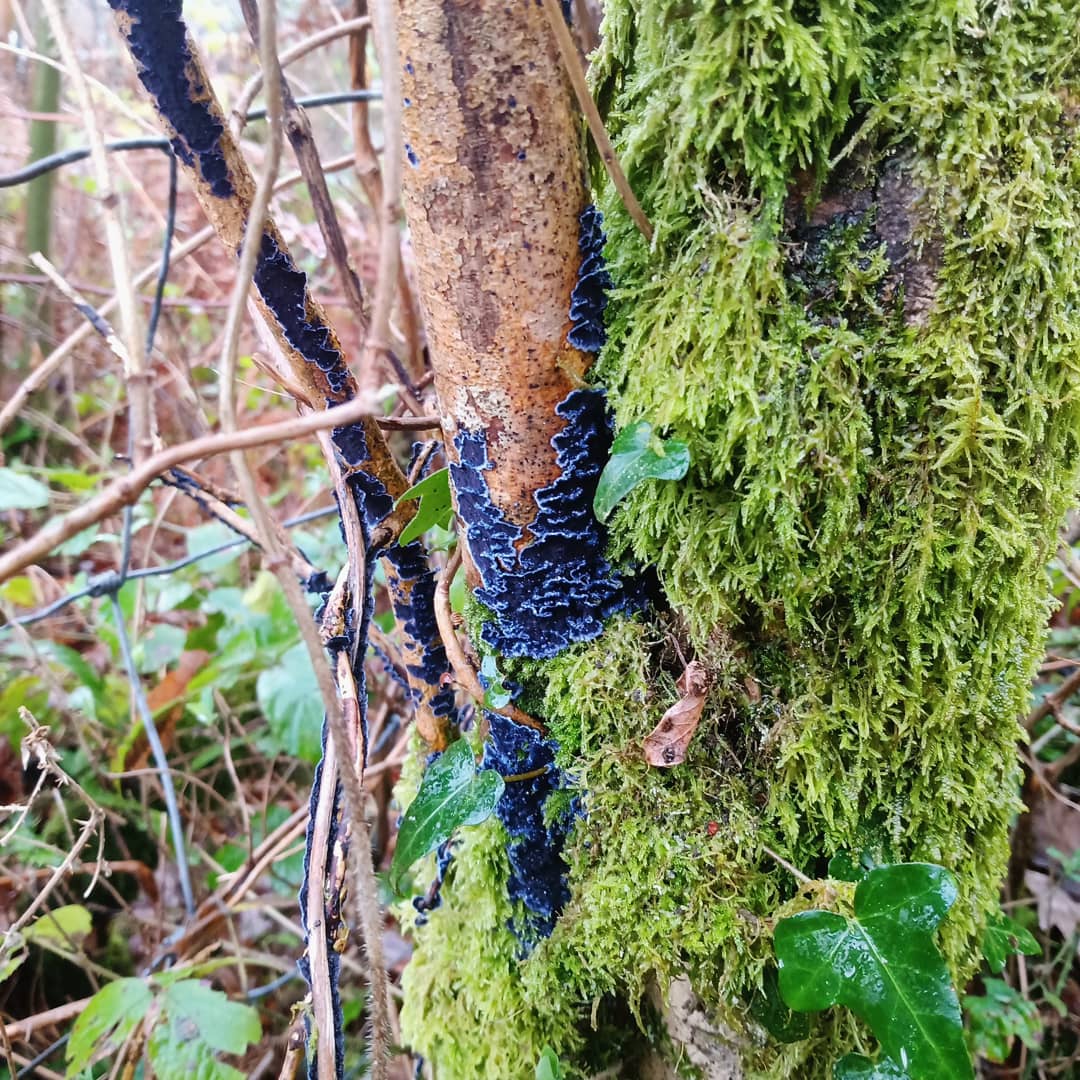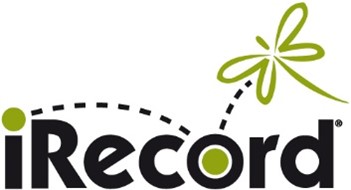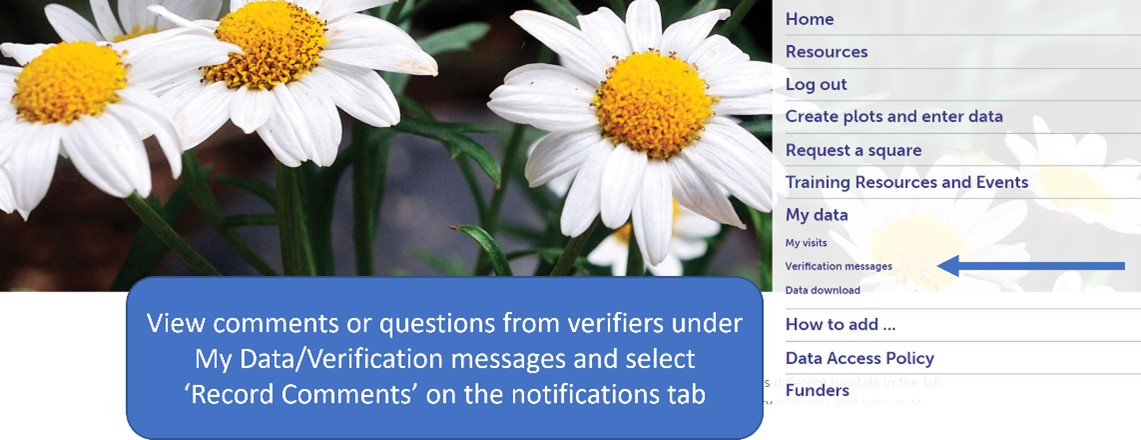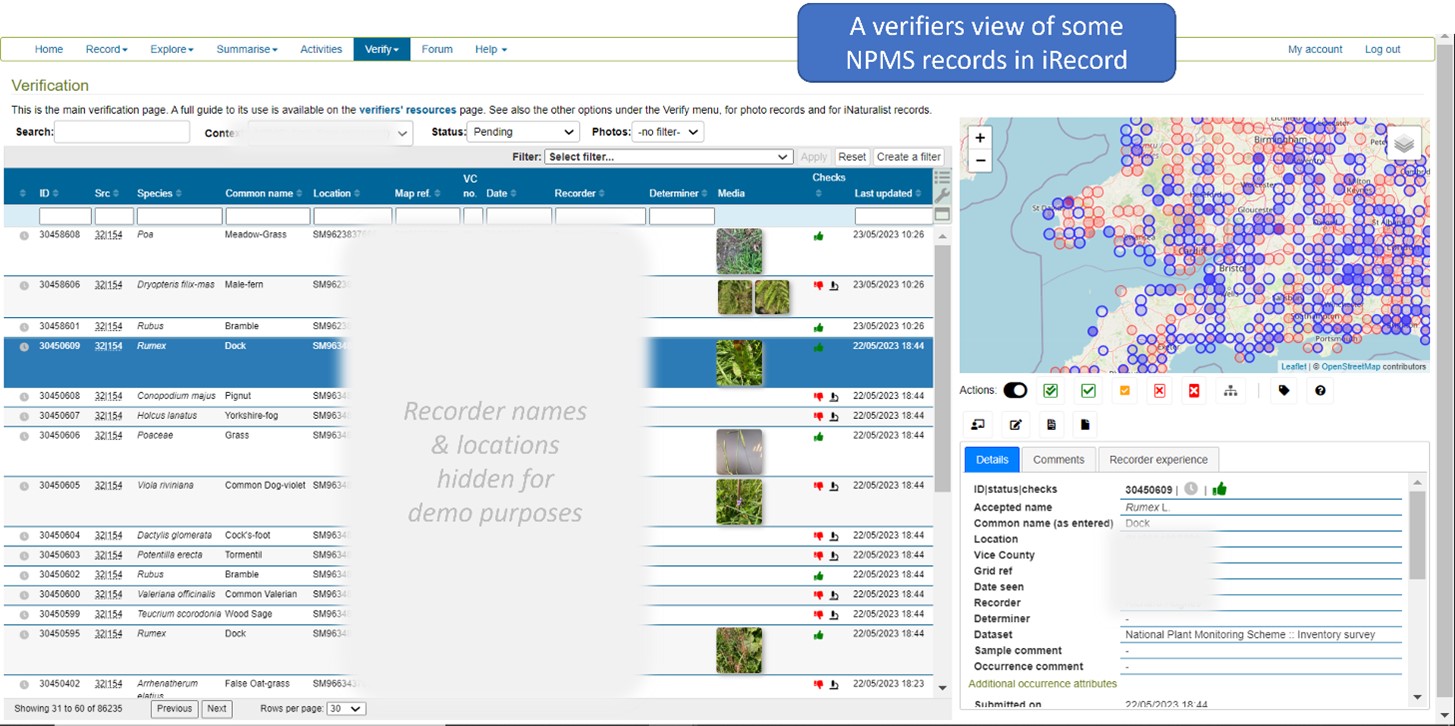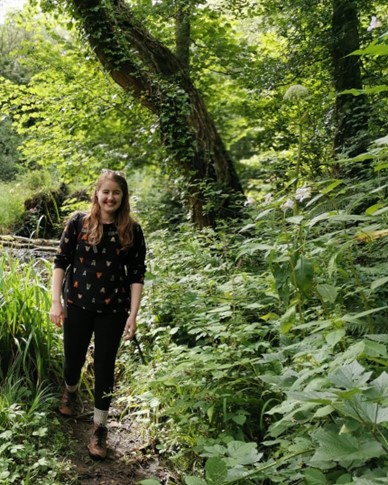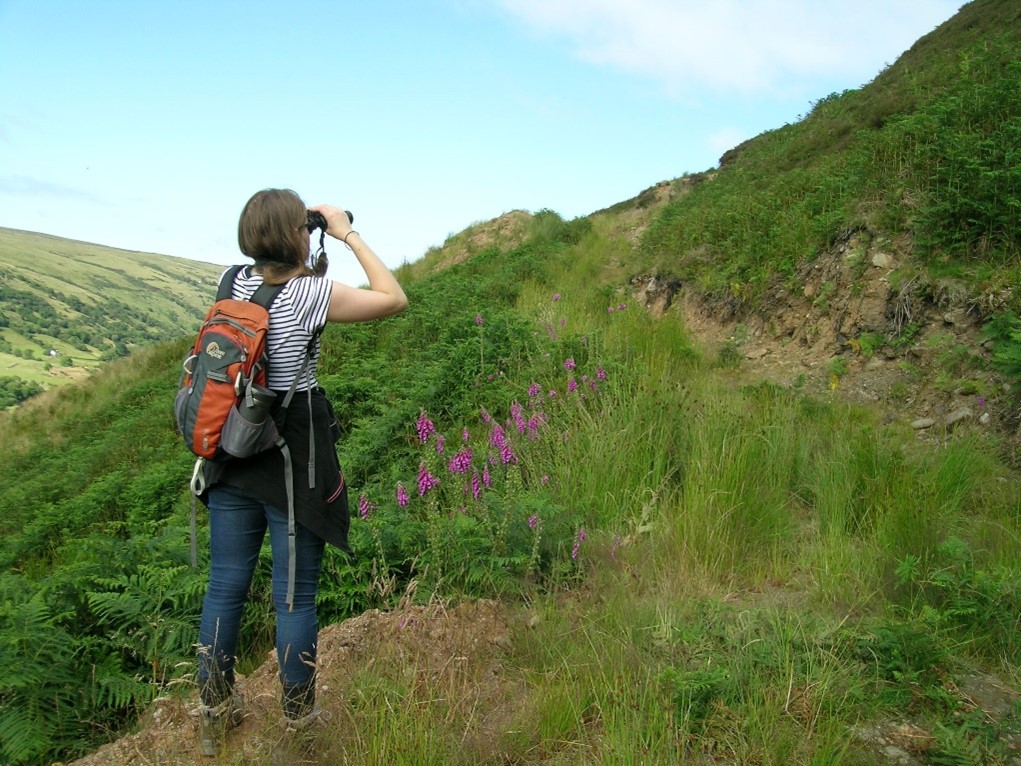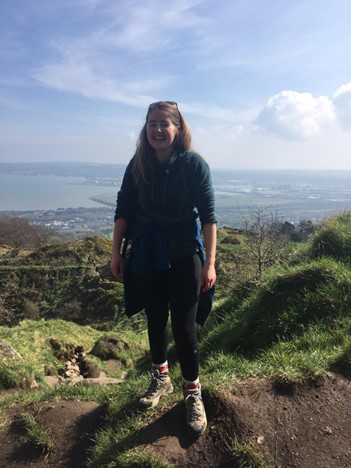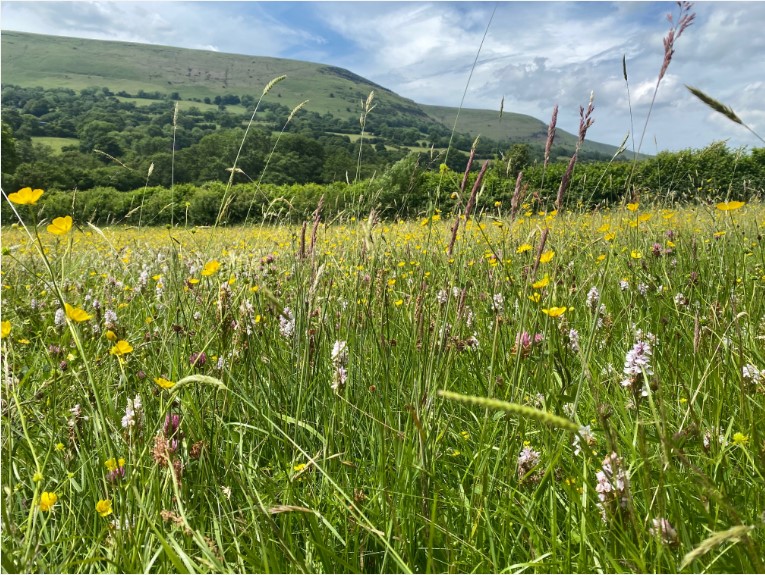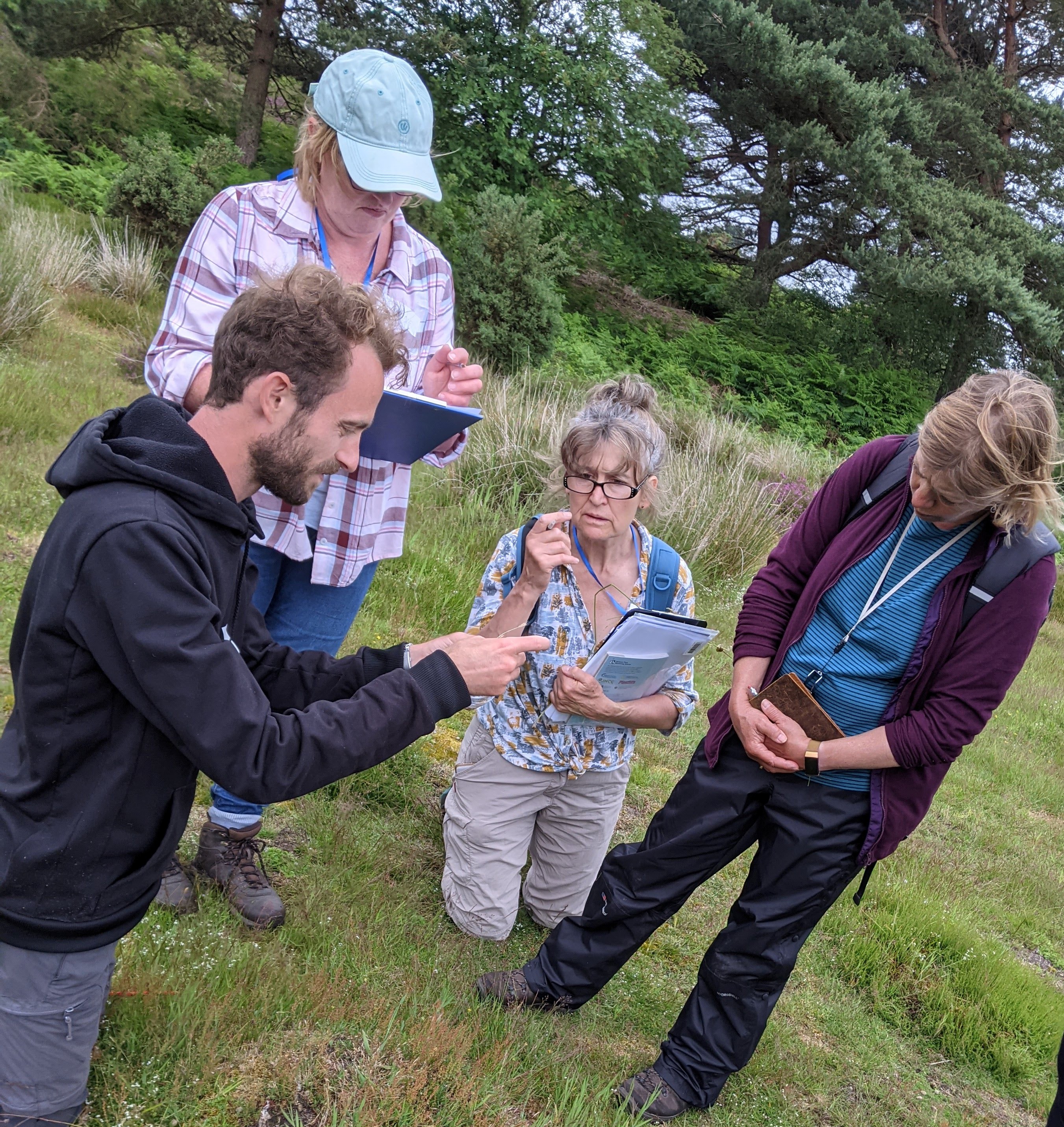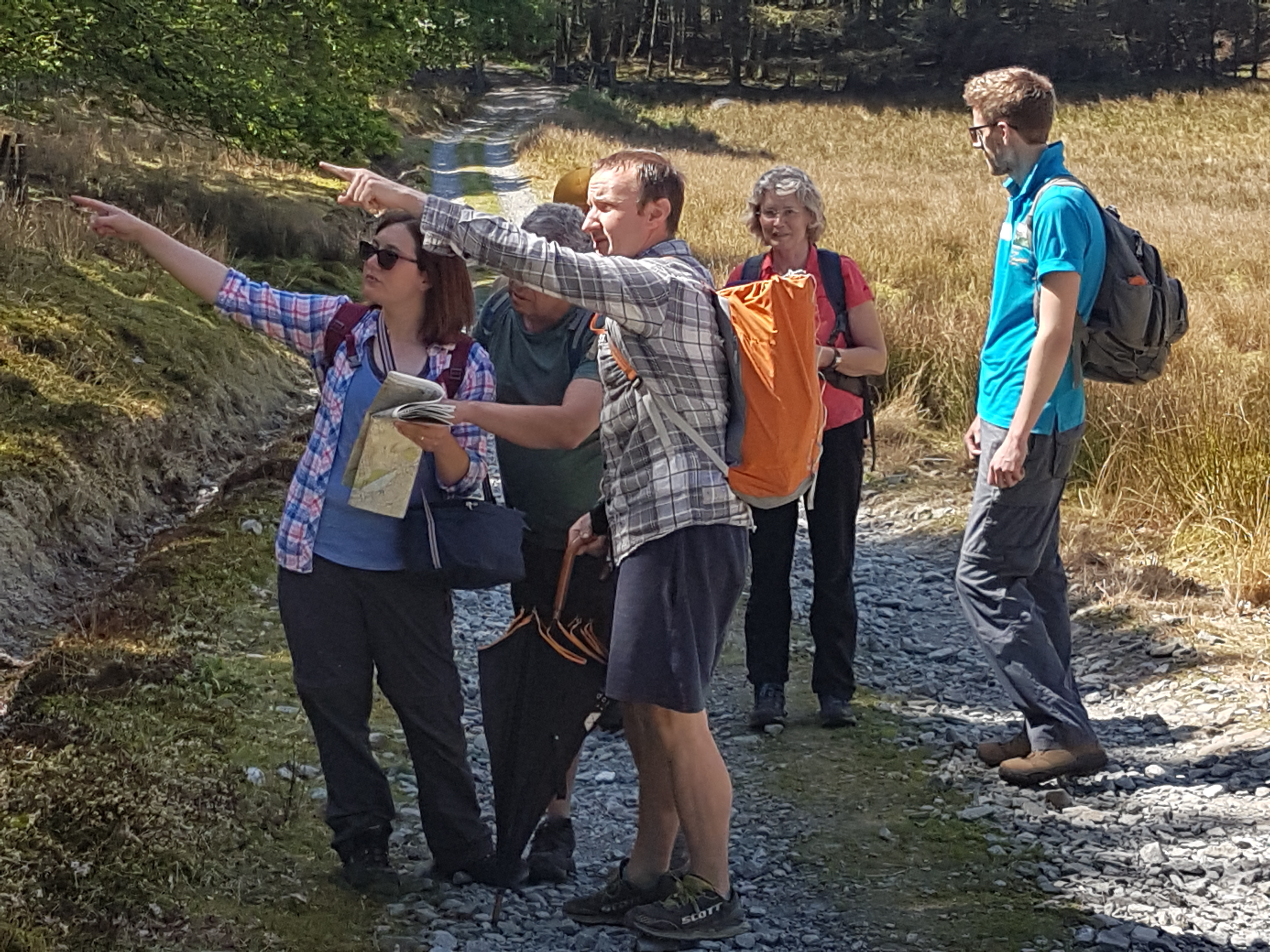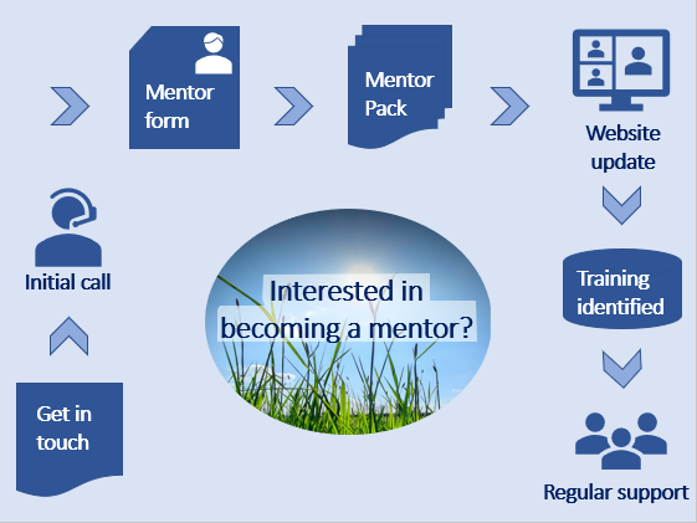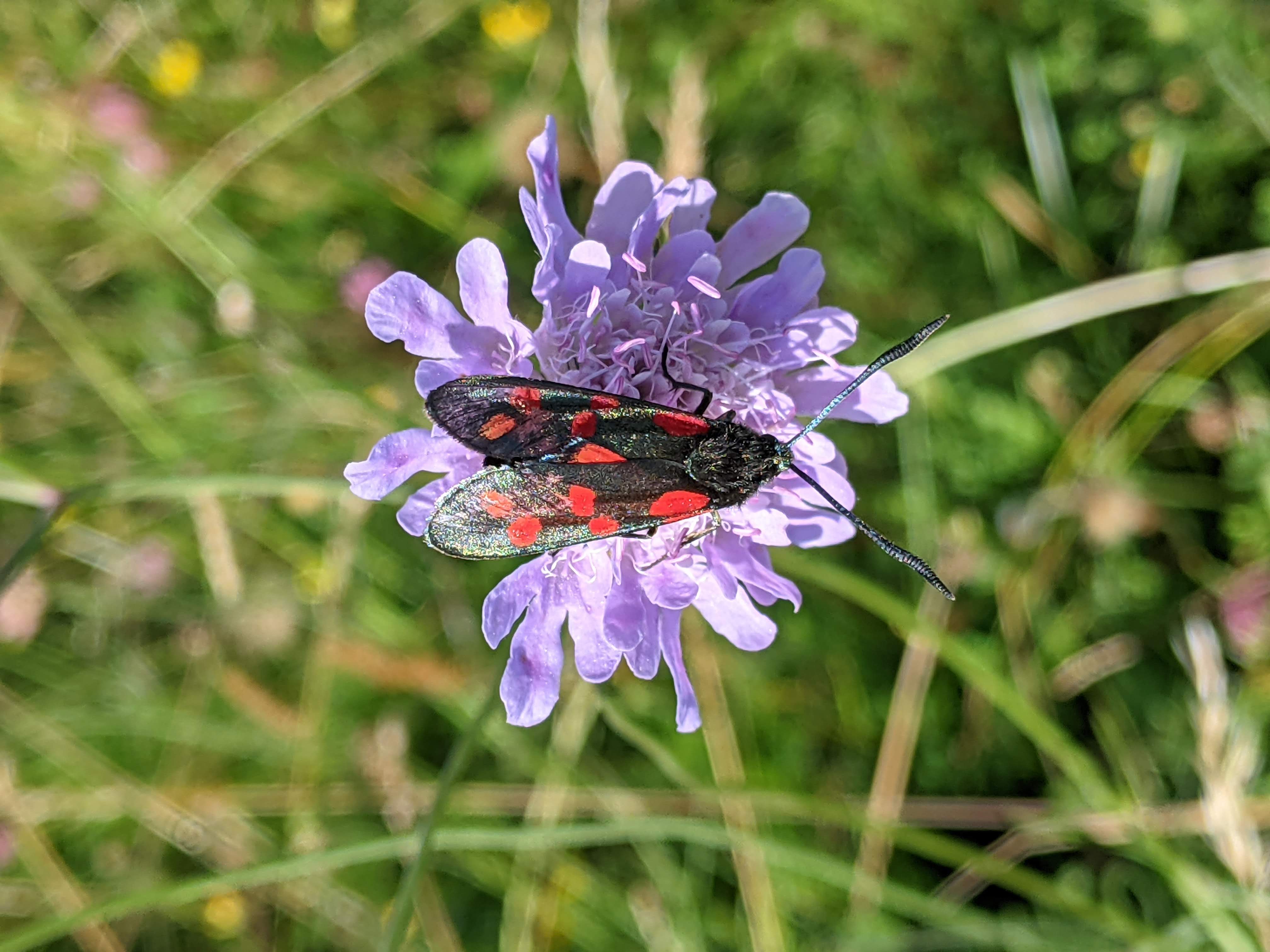We’re delighted to introduce a new member of our NPMS support team. Jen Farrar became the Botanical Skills Officer in Northern Ireland for the Botanical Society of Britain and Ireland (BSBI) in October 2023.
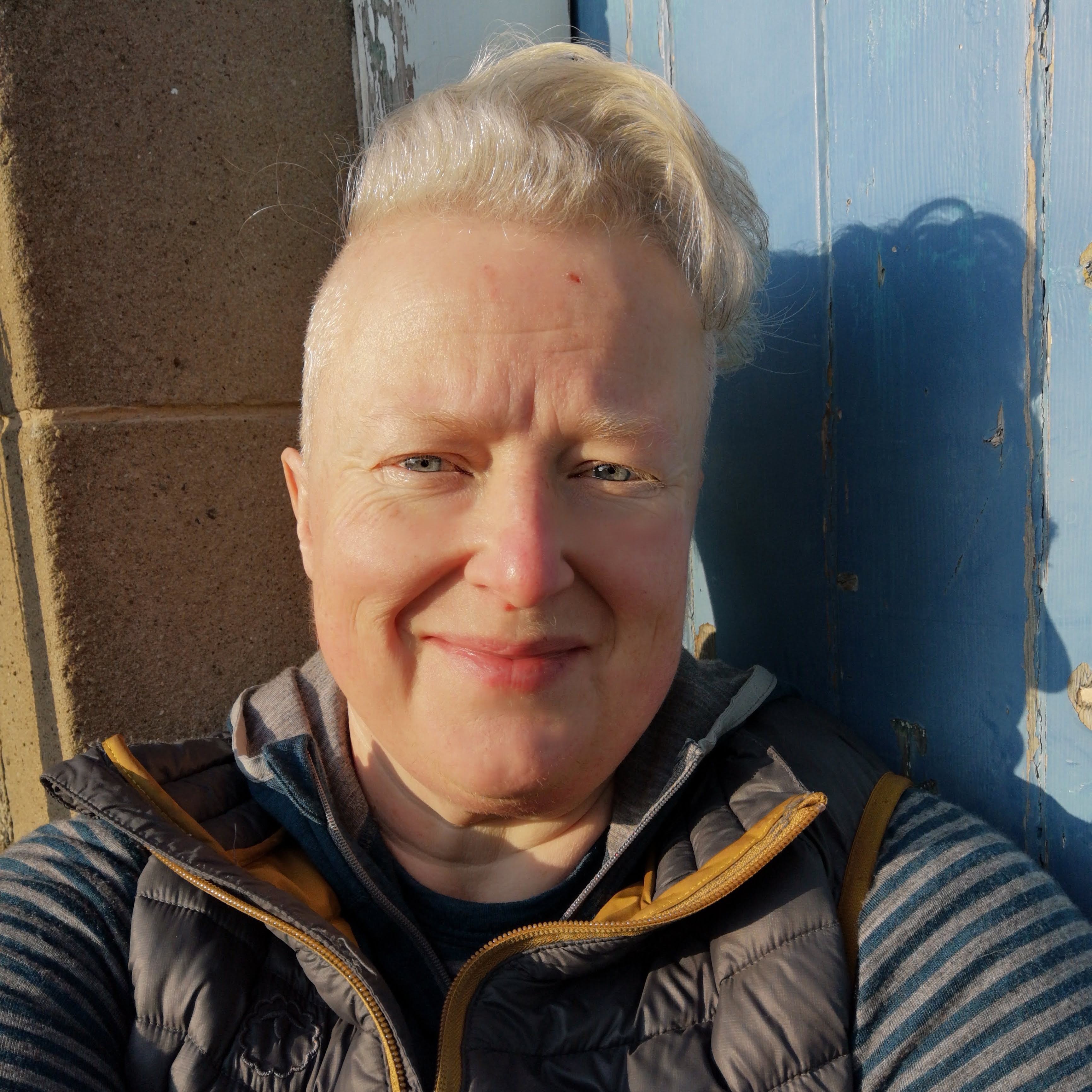
Can you tell us about yourself – what were you doing before you started this post?
My interest in the natural world was encouraged from a very early age and I became completely bewitched by plants in my early 20’s. I am particularly fascinated by the relationships between plants and the places they grow. How plants can indicate the type of soil they are growing in and the climatic conditions they can endure and at times require.
I have been involved with the BSBI as a volunteer for several years and have worked and volunteered in the provision of plant identification skills training since 2012.
Prior to my new post I worked at the Royal Botanic Garden Edinburgh as part of the education team. I have volunteered as a practical leader teaching plant identification at the Gatsby Plants Science Summer School and as part of the Outreach committee for the BSBI in Scotland providing plant identification workshops and field events to complete beginners.
What does your new role in BSBI entail and how will you be involved with the NPMS?
My role with the BSBI is Botanical Skills Officer in Northern Ireland. This is an entirely new position, and the aim is to increase involvement in the botanical world.
I will be developing and delivering events around the province specifically to provide more opportunity for anyone keen to learn more about our native flora and habitats.
Events will be a mix of workshops and field meetings.
The workshops planned are a combination of classroom and field training and there will be something for all levels of botanists – complete beginners to experts.
The field-based events will be held in various habitat types around Northern Ireland and will include recording days and in field training days.
How do you foresee yourself supporting the NPMS volunteers in Northern Ireland?
An important part of my role will be supporting and mentoring NPMS volunteers in the setting up, monitoring and submission of records for their squares.
I will be holding NPMS specific training days in each county across the province for both new and existing volunteers.
I would love to hear from current volunteers and would particularly appreciate any feedback from them about what kind of training they would like and what they wished had been available when they first took on their squares.
I will also be supporting volunteers in the setting up of their squares, facilitating acquiring access permissions and assisting with identification of plant species found.
Are there any parts of N.I. where you’d really like to see more people getting involved?
It would be great to see more people volunteering for NPMS squares across the whole of Northern Ireland. Currently Down has the highest proportion of allocated squares. There are lots of squares available in all six counties and I’m really looking forward to supporting new people starting with NPMS.
Are there any parts of the role that you are most looking forward to?
I get a great deal of satisfaction from supporting people in their exploration of the world of plants. Amongst the best moments are when a wee story about a plant ignites their wonder and awe, and when they can independently identify a species that they had found truly challenging a short time before.
I am also looking forward to travelling around Northern Ireland getting to know the plants, habitats and people I will encounter while supporting folk in their journey to and through the wonderful, fascinating world of plants.
What are the plans for the NPMS in Northern Ireland for the next field season? What do you hope to achieve from those? What is the ultimate aim for N.I., from your perspective?
The plans for the next field season for the NPMS in Northern Ireland are:
- To see an increased uptake of squares in each of the six counties.
- To support existing volunteers to enable and encourage them to continue recording and submitting records for their squares.
- To take on an NPMS in each county for the purpose of providing sites where new and continuing volunteers can come for training and support in habitat assessment, quadrat establishment and plant identification.
- To identify venues where workshop-based training can take place and provide in person mentoring and support in, for example, record submission.
- To facilitate the development of a community of NPMS volunteers which provides support, encouragement and the opportunity to buddy-up with others for recording visits.
I will be reaching out to other organisations involved in the natural world and conservation to encourage them to enable staff to take on an NPMS square as part of their CPD.
Through the combination of increased training availability, mentoring support and the development of a loose network of volunteers across the province, I am hoping that more people start to enjoy and explore the natural world around them.
I hope many more people start gaining pleasure from their growing interest in and confidence in recognising plants. That people become more able to read the landscape around them and gain a deeper sense of place, their place.
That they pass their enthusiasm for plants and the natural world on to their friends, families and colleagues, growing a community of nature lovers who have developed the skills necessary to assist in gathering the data we need to understand the changing world around us.
What would you say to anyone thinking of volunteering with NPMS?
Please do! By doing so you will be contributing invaluable scientific data not only about the plants that grow in our local environments but also how the populations of those plants fluctuate over time and because of environmental changes.
Plus, plants are awesome and great fun to get to know.



